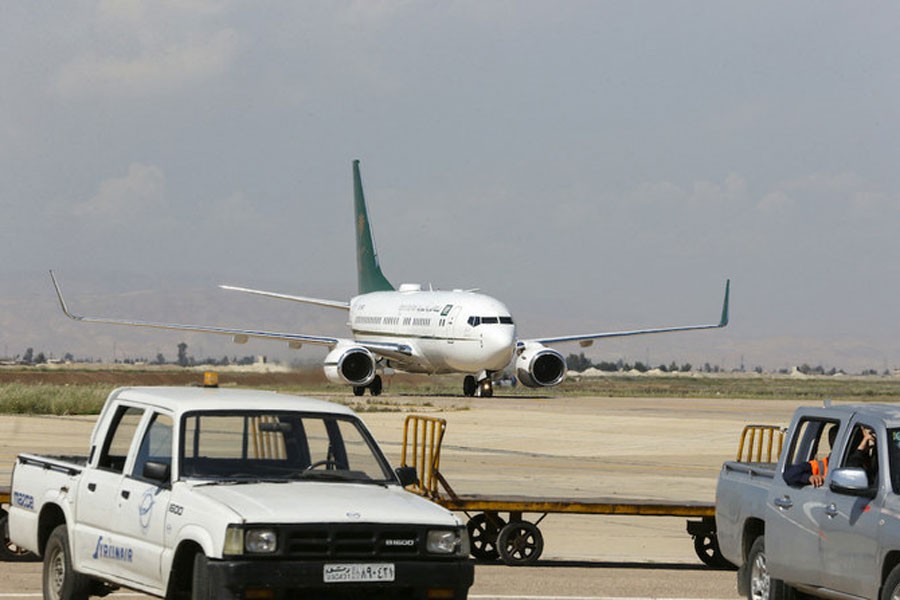
Aviation
Mideast airlines witness 9.6pc demand growth in June
Friday, 2 August 2024

RIYADH, Aug 01: Airlines operating in the Middle East witnessed a 9.6 per cent growth in passenger demand in June compared to the same period in 2023, driven by the summer holiday season, according to an industry body.
The International Air Transport Association revealed that the total capacity of Middle Eastern flights also surged by 9.4 per cent year-on-year in June.
IATA said that the total load factor among carriers in the region stood at 79.7 per cent in June, representing a marginal increase of 0.1 per centage point compared to the same month of the previous year.
The load factor is a metric used in the aviation sector that measures the per centage of available seating capacity that has been filled with passengers. A high load factor signifies that an airline has sold most of its available seats.
Strengthening the aviation sector is crucial for Middle Eastern countries, including Saudi Arabia, as nations aim to diversify their economies and lessen their reliance on oil revenues.
The Kingdom's ambitious national aviation strategy aims to triple the number of passengers by 2030 compared to 2019. It also foresees handling 4.5 million tons of cargo and establishing over 250 direct destinations from airports in Saudi Arabia.
In May, the Kingdom's General Authority of Civil Aviation revealed that the aviation sector contributed $21 billion to the country's gross domestic product in 2023.
According to the report, carriers in the Middle East region handled 9.4 per cent of the passengers globally in June, a figure that remained unchanged from May.
IATA said that total demand growth worldwide increased by 9.1 per cent in June compared to the same period in 2023.
"Demand grew across all regions as the peak northern summer travel season began in June, and with overall capacity growth lagging demand, we saw a very strong average load factor of 85 per cent achieved in both domestic and international operations," said Willie Walsh, IATA's director general.
He added: "Operating with such high load factors is both good and challenging. It makes it even more important for all the stakeholders to operate with equal levels of efficiency to minimize delays and get travelers to their destinations on schedule."
The analysis further said that demand for international travel rose annually by 12.3 per cent, while total capacity edged up by 12.7 per cent during the same period.
IATA said that domestic demand increased by 4.3 per cent year-on-year in June.
According to the industry body, flights operating in the Asia Pacific region posted strong growth in June, with passenger demand rising by 22.6 per cent year-on-year.